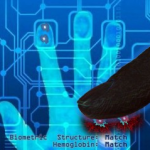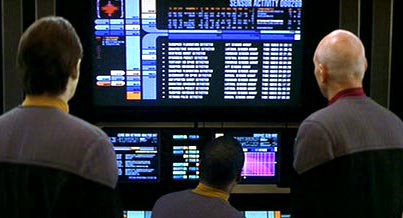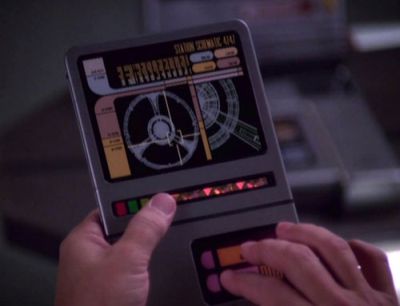How do you build a Learning Machine?
In 1968, the idea of computer aided participatory design was a foreign concept for architects. The typical architectural office was comprised of people sitting and standing composing construction and design documents in front of large desks from morning till night. An Architectural theorists, Nicholas Negroponte, at this time was theorizing about what the world would be like if architects had machines that could compute, process, and share information. Negroponte was thinking about creating a system where the computer would be capable of handling the small details as well as helping the architect manage all aspects of a large scale project. Thus, allowing the designer/user/architect to focus more on the important aspects of the design. 20 years before advanced computer aided design systems and software was designed, Negroponte was asking questions. Can a machine learn about architecture? Can machines learn about learning about architecture? Can a machine be designed to repeat tasks? Yes! Can they associate courses of action with goals? Can they be self improving? Simultaneously being ethical?
In order to solve this question, Negroponte, needed to realize the ultimate machine. Negroponte would create this machine by introducing 5 different “learning” systems. First, the machine must have a heuristic mechanism, this is an experience based technique for problem solving. The solution that the machine would derive, may or may not be the optimal solution, but it is similar to the idea of the “rule of thumb” or an “educated guess.” Secondly, the machine would be a rote apparatus, rote learning is memorizing a technique based on repetition. In architecture, it could be the machines job to design or find solutions to problems such as parking, elevators, and simple plumbing. Third, the machine would need to be a conditioning device. A conditioning mechanism is an enforcement device that handles all the non exceptional information. Each computer/robot would develop their own conditioned reflexes. Fourth, in order to construct a relationship between the machine and the user and the real world, it is important for the machine to have a Reward Selector. This condition would initiate no activities, it sees what the designer likes, recognizes happiness or disappointment, evaluates and observes, and based on that information, gives results. Finally, the machine would also be able to forget convenience. An optimal machine would be able to unlearn through irrelevance. As new technologies emerge present technologies will become obsolete, and it is important for the machine to make old knowledge disappear. Combining all of these technologies, Negroponte believes the ultimate computer would be born.
The Machine-Human Communication -Real World
How would this machine facilitate architects communicate with the real world?
According to Negroponte, each architect would have his own machine with its own local
memory. This computer would process information and collect data 24 hours a day 7
days a week along side “its” architect. Off site there would be a parent computer;
this computer would have powerful processors, extensive memory, and communicate with
the sub or “child” computer in order to 1)aquire data 2) aquire stored information
and 3) communicate with other architects. The combination of architect-child-parent
machines would create a system to facilitate real world exchange of information.
Negroponte & Real World References
Currently, Negroponte is working on One Child One Laptop campaign. This machine is a
$100 machine designed for children in the developing world. This machine will
facilitate the connection between children and the real world by providing internet
to the developing world. This computer would provide access to knowledge, and
opportunities to ‘explore and experiment and express themselves.”
Links to Science Fiction
Science Fiction has explored the realm of technological humanism. In Star trek, the LCARS (Library Computer Access/Retrieval System) is a computer operating system within the Star Trek universe. This computer, connected with the PADD (personal access display device), a handheld computer operated by touch that characters would use to consume and share information. The PADD would logg manifests, compile duty rosters & diagnostic reports, enter personal data, and finally access the LCARS interface. The PADD facilitated communication between users on the Starfleet, although they would all be distinct depending on their users. PADD’s varied depending if their users were part of the United Earth, Federation Starfleet, Klingon, or Cardassian.
Negroponte’s dream of systematic communication and sharing of information between users was unheard of in the 1960 and pushed computer aided design theory by proposing the idea of giving a computer a generated form from certain criteria, thus learning from criteria to generate new forms, similar to applications within the science fiction realms.

Research Idea:
Where in Science Fiction can we find platforms incorporating and facilitating the theory of communication through child and parent machines? How, in future scenarios, could this be effective. If we were all on different planets, universes, and galaxies, and were able to communicate, would would the optimal machine be? How would users communicate? What would be the ideal interface? Would that be standardized? How can humans connect better with computers? Can we integrate technology into the human body? Do we need personal devices?
“I chose to believe that I was a person, that I had the potential to become more than a collection of circuits and sub-processors.”
– Data, 2369 (“Rightful Heir“)




